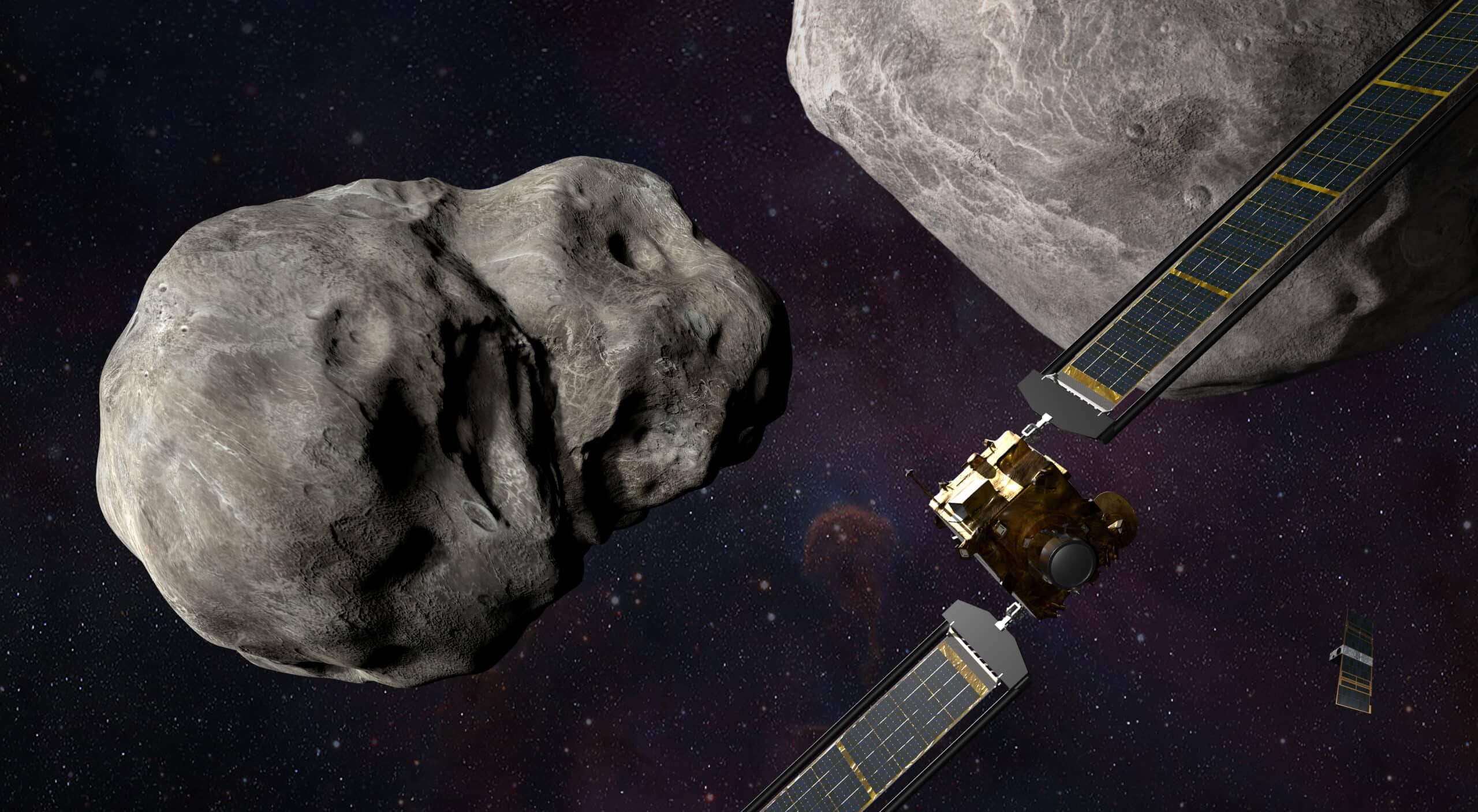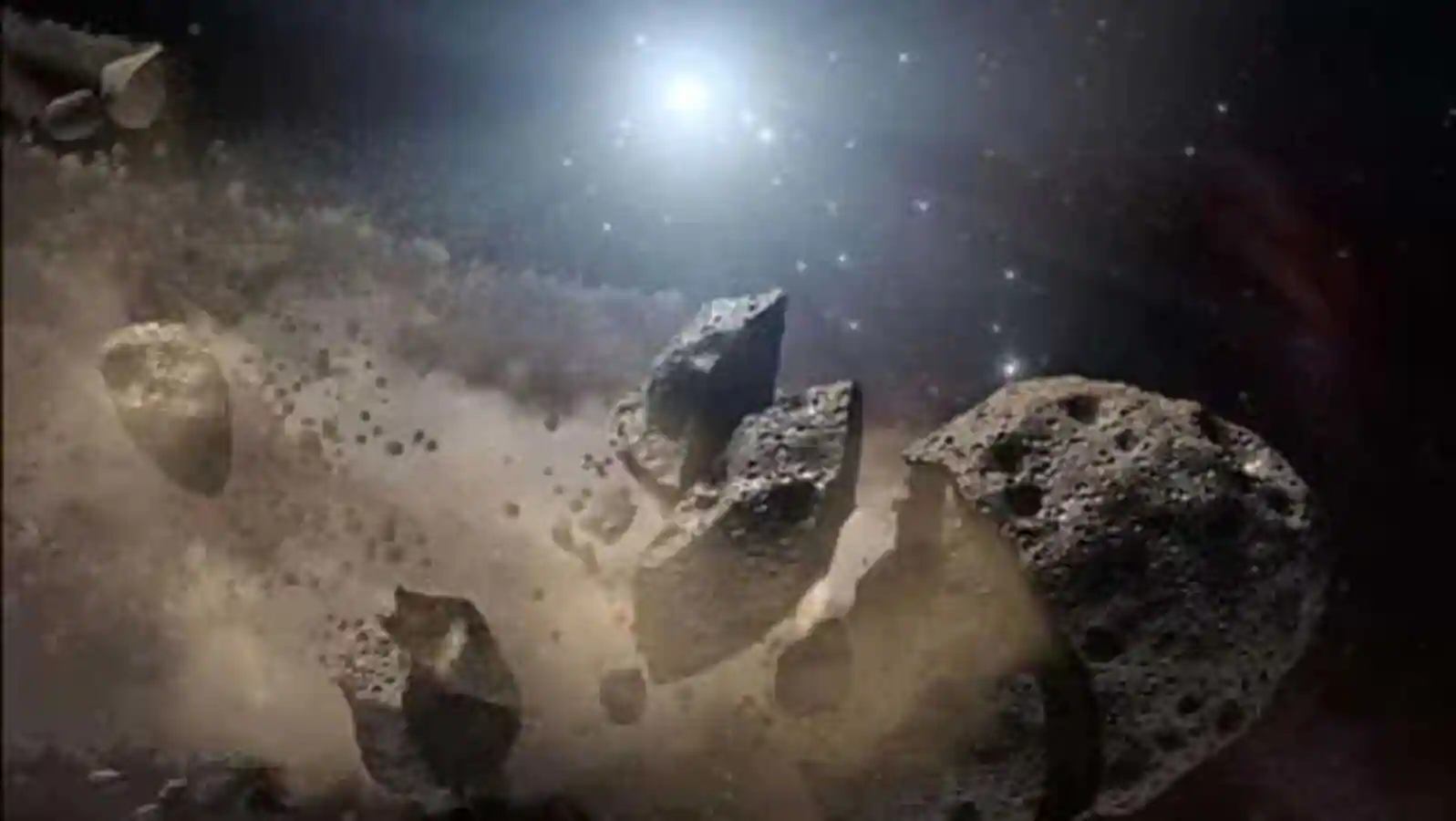Ceres, the solar system’s biggest asteroid, with a diameter of 939 kilometers. Interestingly, we don’t even need such enormous asteroids to wipe out all life on Earth and annihilate the world. It would take an asteroid around 96 kilometers thick to wipe out all life present on Earth, yet far smaller asteroids may still do significant harm. NASA has issued a warning that an asteroid measuring 89 feet in diameter will pass quite close to Earth today and that its collision might result in limited devastation.
Now hear what NASA has to say about that incoming asteroid.
Asteroid 2023 CJ1
A massive 89 feet wide is slated to fly by Earth today, so space organizations throughout the globe, especially NASA, are on high alert. Known as Asteroid 2023 CJ1, NASA has issued a warning that it will come within 4.8 million kilometers of Earth today, February 13. The rock is so massive that the apparent range is really rather modest in interplanetary space. Already traveling at a blazing 25755 miles per hour, or almost twice as fast as a supersonic missile system, it is hurtling towards Earth.
NASA employs a number of ground-based observatories, including the Atacama Large Millimeter/submillimeter Array (ALMA) placed in the Antofagasta Region of the Atacama Desert in Chile, to detect and analyze far-off comets. In addition, NASA has implemented a whole new seismic surveillance system, Sentry-II, which employs an algorithm to determine the potential threat posed by Near-Earth Bodies.
Utilizing this infrared data, NASA can observe the asteroid’s orbit over time and make predictions about its trajectory that are accurate within a few years. Nearly 28,000 Earth-approaching asteroids have been seen by different sky-tracking technologies so far.



